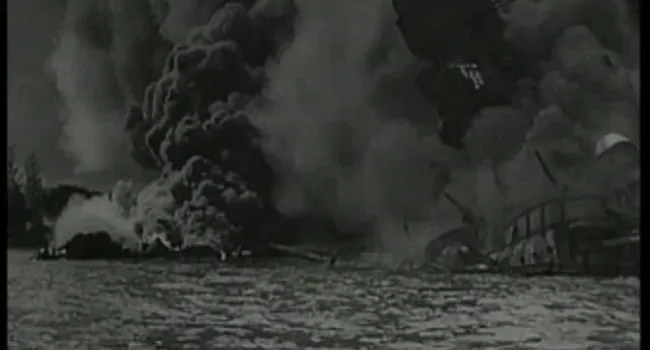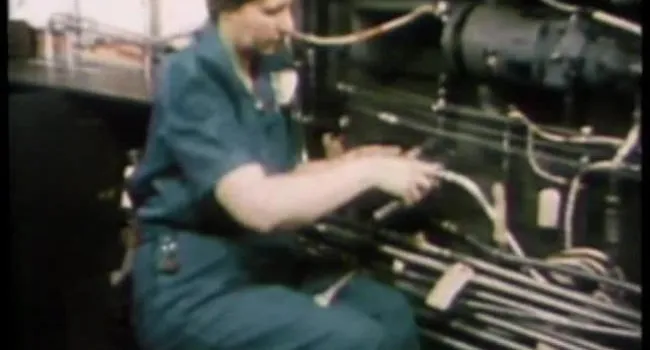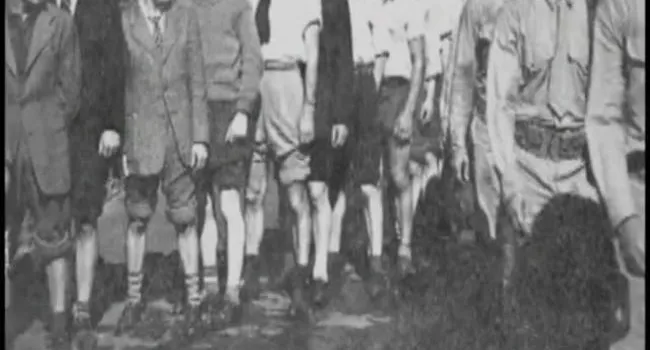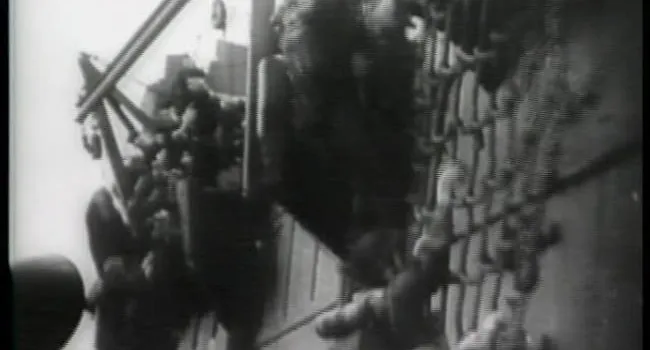Moffatt Burriss’ infantry outfit fought its way through Italy, and continued to fight its way through France. Burriss’ men, along with another company, were sent across the Waal River to try to take Nijmegen bridge from the rear. They face heavy resistance from the Germans dug into the area. John Drummond, a veteran fighter pilot, recalls making strafing runs at German targets.
Standards
El equipo de infantería de Moffatt Burriss se abrió camino a través de Italia y continuó su camino a través de Francia. Los hombres de Burriss, junto con otra compañía, fueron enviados a través del río Waal para intentar tomar el puente de Nijmegen por la parte trasera. Se enfrentan a una fuerte resistencia de los alemanes excavados en la zona. John Drummond, un piloto de combate veterano, recuerda haber disparado ametralladoras contra objetivos alemanes.







